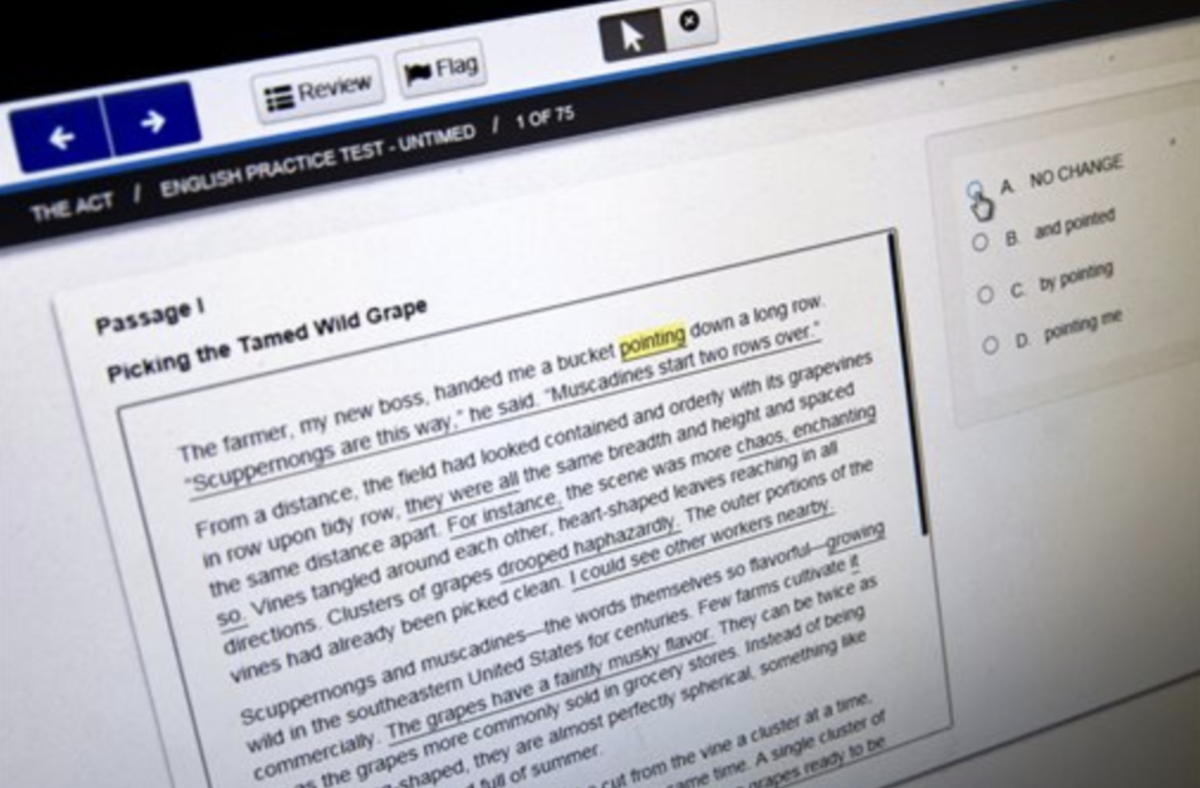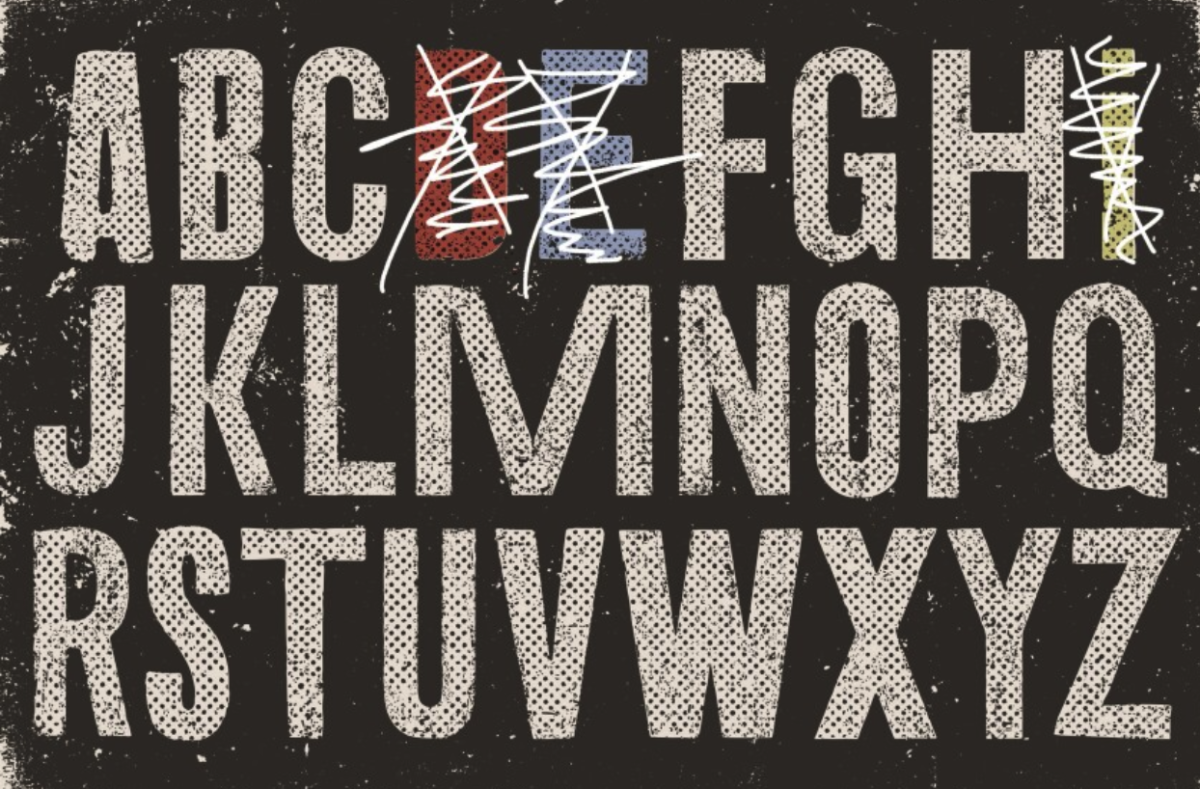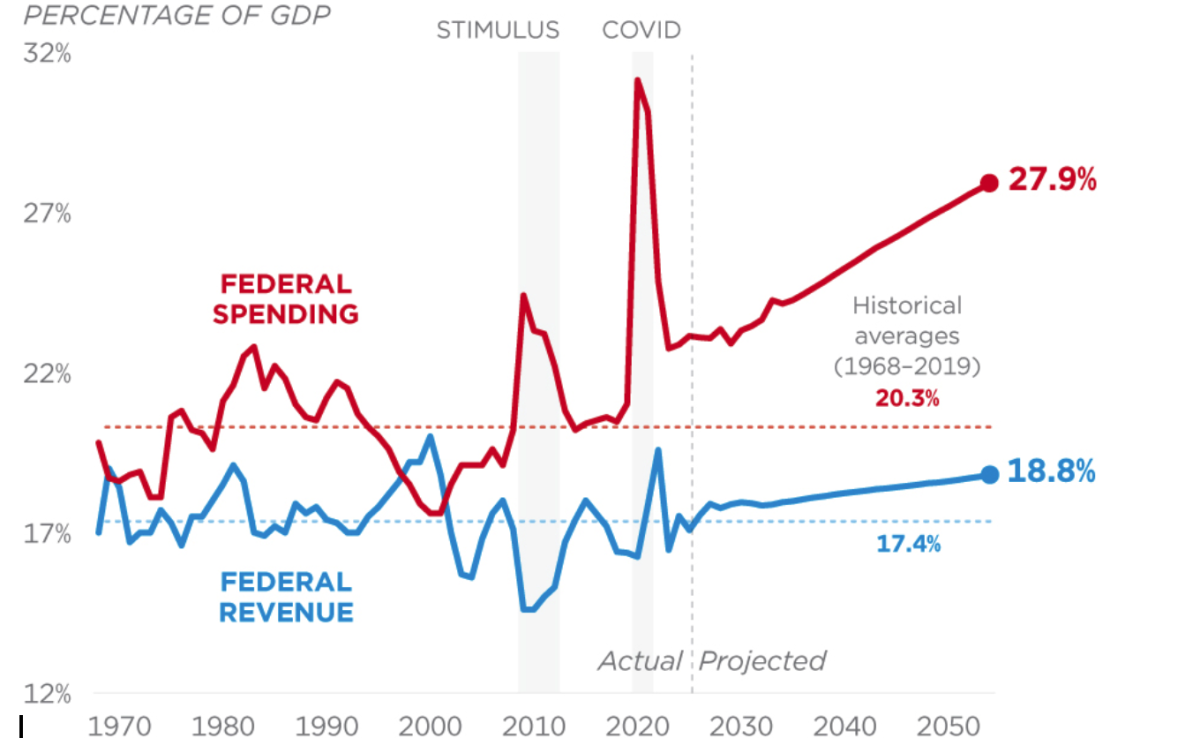Standardized testing is a stressful process for most students. This year, another curveball has been added into the mix: the SAT and PSAT will become fully digital exams. Between 2023 and 2024, the College Board will begin to roll out the new digital version of the traditional standardized tests. This change has led to some modification of the structure, length, and how students are planning to prepare for the tests. The College Board hopes this change will make the tests more accessible to students and facilitate the overall testing experience.
The College Board has been developing this plan for a couple of years. In March 2022, the organization first announced the rollout of this new format. The first digital test released in the United States will be the PSAT, taken by juniors in the fall. Following the PSAT, all SAT tests offered in spring 2024 will also adhere to the digital format. These changes have been rolled out internationally on a slightly earlier timeline. In March 2023, the digital SAT was first offered abroad.
The conversion to digital testing has also led to changes in the test format. One of the most notable is the length of the test. By implementing this digital format, an hour has been shaved off the previous testing time; now, students will only be evaluated over two hours. This is significantly shorter than the existing SAT and ACT paper counterparts, which both take approximately three hours. The content sections of the test will be reevaluated. As opposed to the original three sections on the SAT, the English-related portions (reading and writing) will be combined. In addition, questions will be more concise than those previously tested. Because of the digital format, scoring will also be a much more expedient process. Students’ scores will likely become available within a few days of the examination date.
The digital test also implements adaptive technology to tailor each test to the responses of the test taker. The test considers the responses in the first section and suggests different questions based on the student’s accuracy. For example, if a student is very successful in the first half of the test, they will receive a more difficult second half than a student who performed poorly. The College Board claims that this adaptive structure allows them to assess a greater range of skills in less time. By tailoring the test to target students’ specific skills, they can be assessed more quickly. This new algorithm is one of the greatest factors contributing to the decrease in the length of these tests. This adaptive format was initially developed by the organization responsible for developing ERB standardized testing.
At this point, gauging the reaction to this new testing format is very difficult. Students will have to adjust their study plans and practice accordingly to account for this digital change. Online test preparation applications, such as Khan Academy, have already started to offer PSAT and SAT practice in the digital format. Students have full access to free practice tests and sample questions to begin preparation.
“I would make use of the resources College Board has, if they have any digital practice. Use that and get used to the format,” said learning strategist Kathleen Bukowski in mentioning some of the tools accessible to students as they are preparing to take the test.
She also mentioned that some students’ testing strategies might change as they face the digital format.
“Be prepared to be able to use scratch paper more than ever before,” she said.
While the preparation, in terms of content, will stay mostly the same, students will have to become acquainted with this format of testing.
Since this testing format has not been launched in the United States, most students have yet to have an experience with digital testing. Bukowski stated that she has received very little feedback about the digital SAT or PSAT from students in her office.
“I think that it’s so new that we have not heard a whole lot,” she said. She expects to hear more from students once it is fully released.
Some students do have a perspective on the new format.
“I really like the reduced length of the test. Overall, I think that this is definitely a positive change,” said junior Sophia Wang.
Juniors, who are graduating in 2025, will be the first to experience this digital form of testing on a large scale when they take the PSAT/NMSQT in the fall.
To many, this transition to digital testing seems inevitable. As classrooms become increasingly digital, this form of testing feels fitting. The College Board hopes students will be more familiar and comfortable with this format. By making it digital, there is also the hope that it will make testing more accessible. During the COVID-19 pandemic, paper tests became difficult to administer. Through this format, testing students could be evaluated from the comfort of their own home if need be. The adaptive format of the test also makes it much more secure. Overall, there is a general sentiment that this change in format was bound to happen with the progression of technology today. The ACT, another standardized test taken by high schoolers, is also being adapted to a digital format. The digital ACT is not expected to launch quite so soon, but it is not surprising that it is adopting this format. Whether positive or negative, to many, this change has been a long time coming.
Proctor and AP coordinator Val Causevic offered some advice: , “Get ready for it and be prepared.”
Edited by Selena Patel






